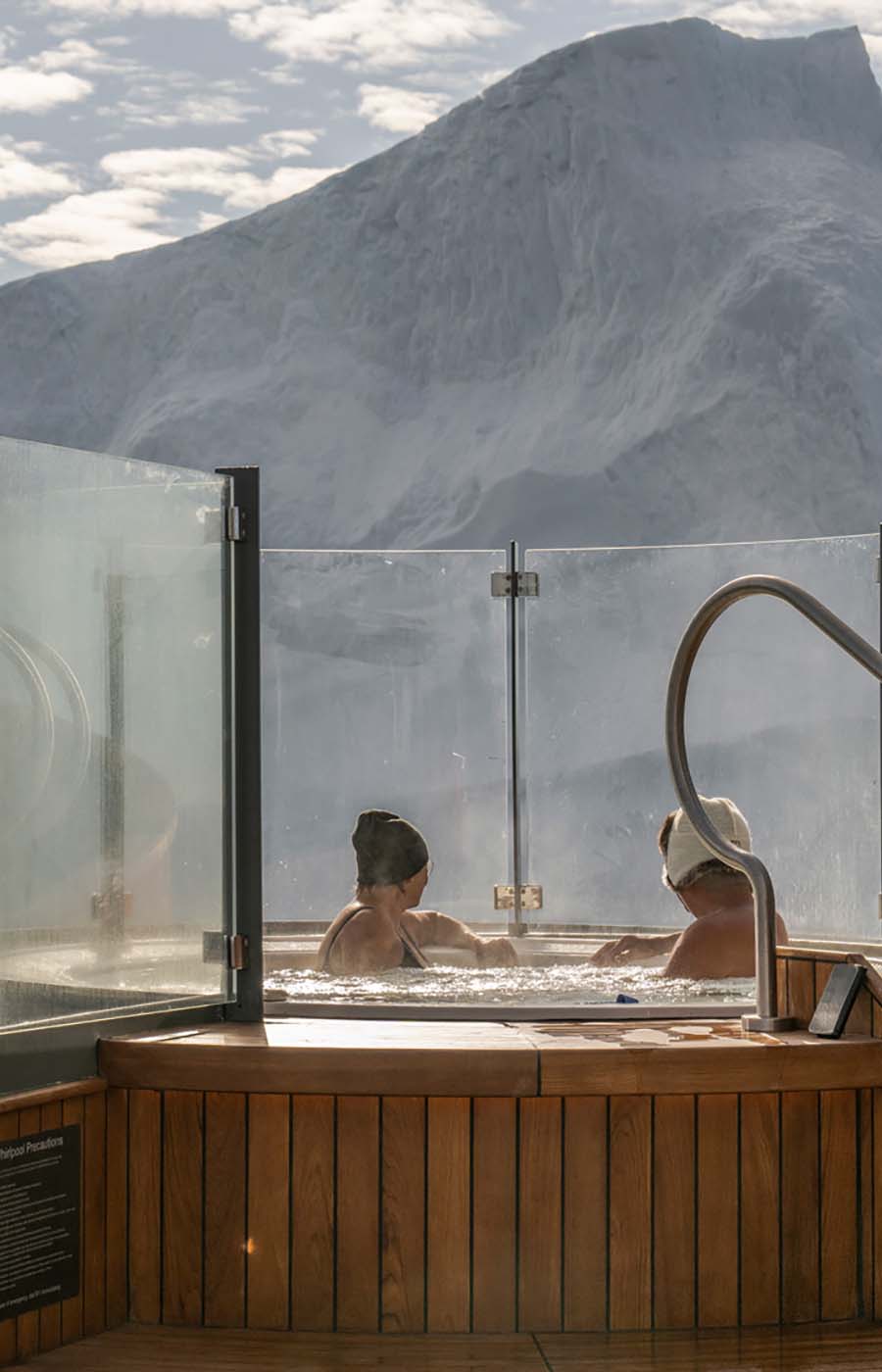Four legendary drinks bring the Islands alive.
Rum is unquestionably the most popular drink in the Caribbean, with a story that stretches back to the earliest sugar plantations. Every island has its own unique way of serving the spirit, inspired by the history and traditions of each place. This brief guide to four authentic cocktails of the Caribbean will help you appreciate the diverse culture of the islands through your taste buds.
Barbados, the easternmost of the Caribbean islands, was often the first landfall for ships traveling from Europe. It also lays claim to being the birthplace of rum. The Barbadians who first distilled rum from fermented molasses in the early 17th century originally called it “Kill-Devil” as the spirit was considered so potent that it could overcome Satan himself.
Barbados is also home to the oldest continually existing rum distillery in the Caribbean. Mount Gay Rum has a history that dates as far back as 1703, when it was originally known as the Mount Gilboa Plantation & Distilleries. In 1747 it was bought by the ironically named John Sober, who appointed his friend Sir John Gay Alleyne to manage the company. Alleyne would later be elected to the Parliament of Barbados and was one of the most influential voices on the island to speak out against slavery. After his death in 1801, the name of the company was changed to Mount Gay Distilleries in his honor.
One of the best ways to enjoy the local rum of Barbados is in a Bajan rum punch, which — along with Jamaica’s planter’s punch — is one of the most historic rum cocktails of the Caribbean. The punch itself predates the concept of the cocktail, with the earliest reference being documented by employees of the British East India Company in 1632. The word is derived from the Hindustani panch, meaning five flavorings, and the earliest punches were made with wine or brandy, plus lemon, sugar, water and spice.
British sailors later began using rum in their punches, and the recipe for the Bajan rum punch is clearly based on these earlier potent nautical concoctions. A national rhyme describes how to make it: “One of Sour, Two of Sweet, Three of Strong, Four of Weak.” That is, one part lime juice, two parts sugar, three parts rum — preferably a Bajan rum like Mount Gay — and four parts water.
Piña colada literally means “strained pineapple” and it has been the national drink of Puerto Rico since 1978 — however, its exact origins are frequently contested. A legendary story claims that a 19th-century Puerto Rican pirate named Roberto Cofresi kept his crew happy with a drink made from rum, pineapple and coconut — the predecessor of the modern day piña colada — but his recipe was lost when he died in 1825.
There are currently two Puerto Rican bartenders who claim to have invented the drink. Ramon “Monchito” Marrero Perez says that he first made the drink in 1954, while working at the Caribe Hilton Hotel’s Beachcomber Bar in San Juan. Coco lópez, or cream of coconut, had just been invented by Puerto Rican Don Ramón López-Irizarry in 1948 and its availability inspired the recipe. Another local bartender, Ramón Portas Mingot, makes a rival claim to having invented the drink in 1963, when he worked at the Barrachina Restaurant in Old San Juan. Both historic bars still exist, and stand by their rival claims, so visitors to San Juan can sample both recipes and see what they think.
The island of Trinidad is home to the House of Angostura — creators of Angostura bitters, a concoction of herbs and spices infused into alcohol and water, which is a key ingredient in modern cocktail recipes from the Manhattan to the Singapore sling. Originally created in 1824 as a medical tincture by Dr. J.G.B. Siegert during his time as Surgeon-General for Simón Bolívar’s revolutionary troops in Venezuela, by the mid-19th century the company had relocated to Trinidad and expanded distribution overseas. British sailors stationed on the island began adding the medicinal bitters to their navy gin rations as a remedy for seasickness, and its use in cocktails evolved from there.
Angostura bitters is a key ingredient in Trinidad’s festive drink ponche a creme. Similar to other seasonal concoctions such as eggnog, or the potent Cuban and Puerto Rican recipes for cochito, it is a smooth, dairy-based drink made with eggs, evaporated milk, condensed milk, lime, nutmeg and other spices, Trinidad rum and Angostura bitters. The drink was immortalized in calypso artist Lord Kitchener’s recording “Drink-a-Rum.”
Related Seabourn itineraries and amenities below
Not exactly a cocktail, but certainly the national drink of the Dominican Republic, the mamajuana is made by soaking a variety of herbs, spices, leaves and tree bark in a bottle of rum, red wine and honey for weeks or longer. It tastes similar to port, and it evolved from a medicinal tea used by the island’s indigenous Taino Indians, who used the same plant ingredients, but without the rum.
The first commercial alcoholic version of mamajuana was created in the 1950s by Jesus Rodriguez as an herbal medicine. It is believed to have aphrodisiac properties, and also to ward off the flu, aid digestion and circulation, and cleanse the blood, liver and kidneys. Typical island plants used in the drink include guayacan, albahaca, maguey and cloves, although it’s also common to find recipes that include cinnamon, raisins, molasses, strawberry and lemon, or more arcane ingredients. Diverse recipes and many local brands exist, but production is restricted to those granted a certified medical license in order to limit the diverse personal recipes that would otherwise flood the market.

